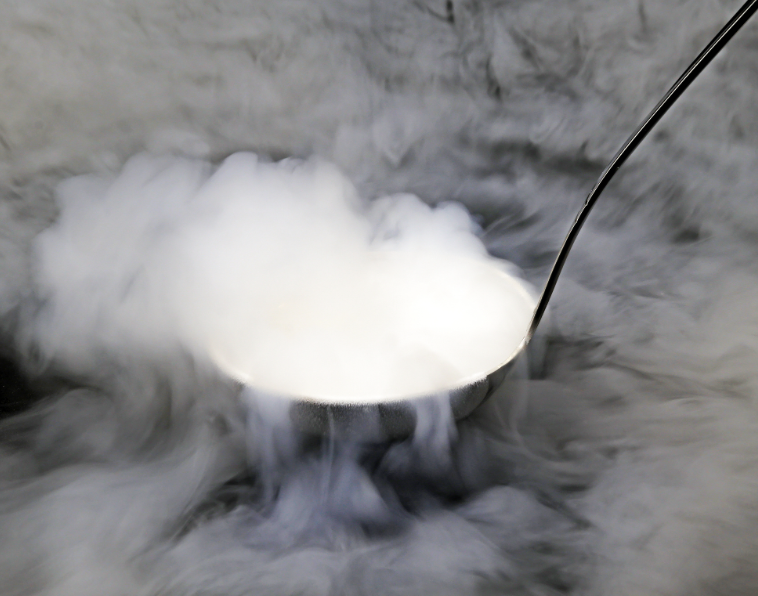The Proper Handling of Snap Frozen Biosamples: A Comprehensive Guide
Written by: BioSample Connect Staff

Snap freezing is a widely used technique for preserving the integrity of biological samples by rapidly cooling them to ultra-low temperatures. This method is crucial for maintaining the structural and molecular characteristics of tissues and other biosamples, ensuring their viability for future research and diagnostics. However, the effectiveness of snap freezing is contingent upon proper handling procedures. Here’s a comprehensive guide on how to handle snap frozen biosamples to ensure their integrity and usefulness.
1. Understanding Snap Freezing
Snap freezing involves rapidly cooling biological samples using dry ice, liquid nitrogen, or specialized equipment. This rapid cooling process prevents the formation of ice crystals, which can damage cellular structures and alter the molecular composition of the samples.
Key Advantages:
- Preservation of Molecular Integrity: Maintains the native state of proteins, nucleic acids, and other biomolecules.
- Minimized Ice Crystal Formation: Prevents structural damage to cells and tissues.
- Versatility: Suitable for various types of biosamples, including tissues, cells, and biofluids.
2. Preparation Before Snap Freezing
a. Gather Necessary Equipment:
- Personal protective equipment (PPE): gloves, lab coat, and safety goggles.
- Cryovials or cryogenic tubes: Pre-label these containers with relevant sample information.
- Liquid nitrogen or dry ice: Ensure you have enough to complete the freezing process.
- Forceps and other handling tools: Pre-chill these tools to prevent thawing during handling.
b. Prepare the Biosamples:
- Ensure samples are collected aseptically and are free from contaminants.
- For tissues, cut the samples into small, manageable pieces to facilitate rapid freezing and uniform temperature distribution.
3. Snap Freezing Process
a. Using Liquid Nitrogen:
- Fill a container with liquid nitrogen.
- Using pre-chilled forceps, quickly transfer the biosamples into cryovials.
- Immediately submerge the cryovials into the liquid nitrogen.
- Allow the samples to remain in liquid nitrogen for 1-2 minutes or until completely frozen.
b. Using Dry Ice:
- Place a sufficient amount of dry ice in a container.
- Place the biosamples directly onto the dry ice, ensuring maximum surface contact.
- After initial freezing, transfer the samples into cryovials and store them on dry ice until they can be transferred to a -80°C freezer or liquid nitrogen storage.
4. Storage of Snap Frozen Biosamples
a. Long-Term Storage:
- Store the snap frozen biosamples at ultra-low temperatures, preferably in a liquid nitrogen tank (-196°C) or a -80°C freezer.
- Ensure that the storage containers are properly labeled with sample information and dates to maintain traceability.
b. Avoiding Freeze-Thaw Cycles:
- Minimize freeze-thaw cycles as they can degrade sample quality. Always aliquot samples into smaller volumes suitable for single use.
5. Handling Snap Frozen Biosamples
a. Retrieval from Storage:
- Use appropriate PPE to protect against cold burns.
- Retrieve the samples quickly to minimize exposure to ambient temperatures.
b. Thawing Procedures:
- Thaw samples rapidly in a 37°C water bath or at room temperature, depending on the downstream application.
- Gently mix the contents of the cryovial to ensure uniform thawing.
c. Post-Thaw Handling:
- Once thawed, use the samples immediately to prevent degradation.
- Dispose of any remaining thawed sample properly, as refreezing can compromise its integrity.
6. Quality Control and Documentation
a. Documentation:
- Maintain detailed records of the sample collection, freezing, storage, and thawing processes. Include information such as date, time, personnel, and any observations.
b. Quality Control Checks:
- Periodically check the integrity of stored samples. This can involve visual inspection, viability assays, or molecular analyses to ensure that the samples remain suitable for research.
Conclusion
Proper handling of snap frozen biosamples is essential for maintaining their integrity and ensuring reliable and reproducible research outcomes. By following these guidelines, researchers can maximize the utility of their biosamples, facilitating high-quality research and advancing scientific knowledge. At BioSample Connect, we are committed to providing comprehensive support and resources to help researchers handle their biosamples with the utmost care and precision.
For more information on best practices for biosample handling and other related topics, visit BioSample Connect.
Sources:
- National Institutes of Health (NIH) - Best Practices for Biosample Handling
- International Society for Biological and Environmental Repositories (ISBER) - Biospecimen Collection and Preservation
- Cold Spring Harbor Protocols - Cryopreservation and Thawing Techniques
